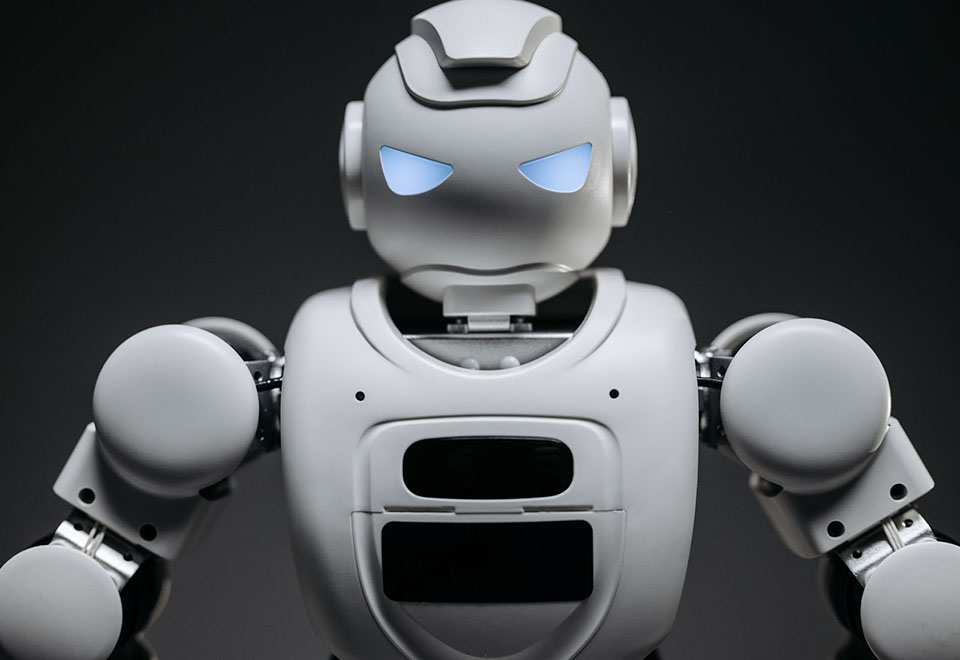AI Robots: The Current State of Progress

Artificial Intelligence (AI) has come a long way in recent years, and nowhere is this more evident than in the field of robotics. Advances in machine learning and computer vision have enabled robots to perform increasingly complex tasks, from manufacturing and assembly to healthcare and hospitality. In this blog post, we'll take a look at some of the current progress in AI robots and explore the potential applications of this technology. Manufacturing and Assembly One of the most well-established applications of AI robots is in manufacturing and assembly. Robots can perform repetitive tasks with speed and precision, improving efficiency and reducing errors. AI-powered robots can also adapt to changes in the production line, making them more versatile than traditional industrial robots. Healthcare AI robots are also making inroads in the healthcare industry. Robots can assist doctors and nurses in a variety of tasks, from patient monitoring to surgery. They can also help patients with mobility issues, providing assistance with tasks such as getting out of bed or moving around the hospital. Hospitality Another area where AI robots are making an impact is in hospitality. Robots can be used to greet guests, provide information about the hotel, and even deliver room service. They can also perform housekeeping tasks, such as cleaning and restocking rooms. Agriculture AI robots are also being used in agriculture, where they can perform tasks such as planting and harvesting crops. They can also be used to monitor crop health and identify areas that require attention. Education AI robots are also being used in education. Robots can be used to provide personalized learning experiences for students, adapting to their individual needs and preferences. They can also be used to teach coding and other STEM subjects. In conclusion, AI robots have come a long way in recent years, and their potential applications are vast. From manufacturing and assembly to healthcare and hospitality, robots are already making an impact in a variety of industries. As machine learning and computer vision continue to advance, we can expect to see even more sophisticated AI robots in the years to come, helping to improve efficiency, safety, and quality of life for people around the world.